Microsoft Teams has Office 365 groups as its foundation and includes the same layers of security and functionality as other applications within this varied suite of services. Microsoft Teams allows you to create truly collaborative and engaging workspaces where people can share information, chat in real time, work with specific applications, and manage group projects. It allows for improved communication and collaboration across multiple business units and team spaces can be customized to suit specific business use cases so as to streamline projects and systems.
Want to get the most from Microsoft Teams? Here are some solid Microsoft Teams use cases that will help you refine your approach:
01: The Best Practice
Microsoft has put a lot of time and energy into ensuring that admins and integrators get the most from Teams and the platform’s functionalities. In the Microsoft Teams document library, you can find a variety of best practices which are designed to take the conversations in entirely new directions, literally. In this incredibly detailed article, you will find four use cases developed around best practice for Microsoft Teams. These cover gradual team building, creating channels, using the General channel, and setting up moderation. It outlines the steps and the solutions and includes video guides that talk you through setup and resolution. For admins looking to drive more value form their Microsoft Team’s investment, this is a good place to start.
02: Improve collaboration across multiple touchpoints
In a recent case study released by Microsoft, a mega-retailer based in Singapore adopted Microsoft Teams in order to overcome a very specific challenge – collaboration across coworkers, suppliers, vendors and customers. In this Microsoft Teams use case, the platform was used to create secure communication channels across multiple touchpoints while ensuring that the company remained compliant and that there was ongoing, sustainable user adoption. The company integrated Microsoft Teams into the company’s existing Office 365 platform to improve return on investment (ROI) on legacy systems as well as to leverage existing functionality. The result was the ability to allow for different stakeholders and users to access specific Teams workspaces, regardless of location and status (internal or external) while retaining compliance and security protocols. This particular use case highlights how Microsoft Teams can be used to shift communication boundaries and reduce the limitations that are often imposed by existing solutions.
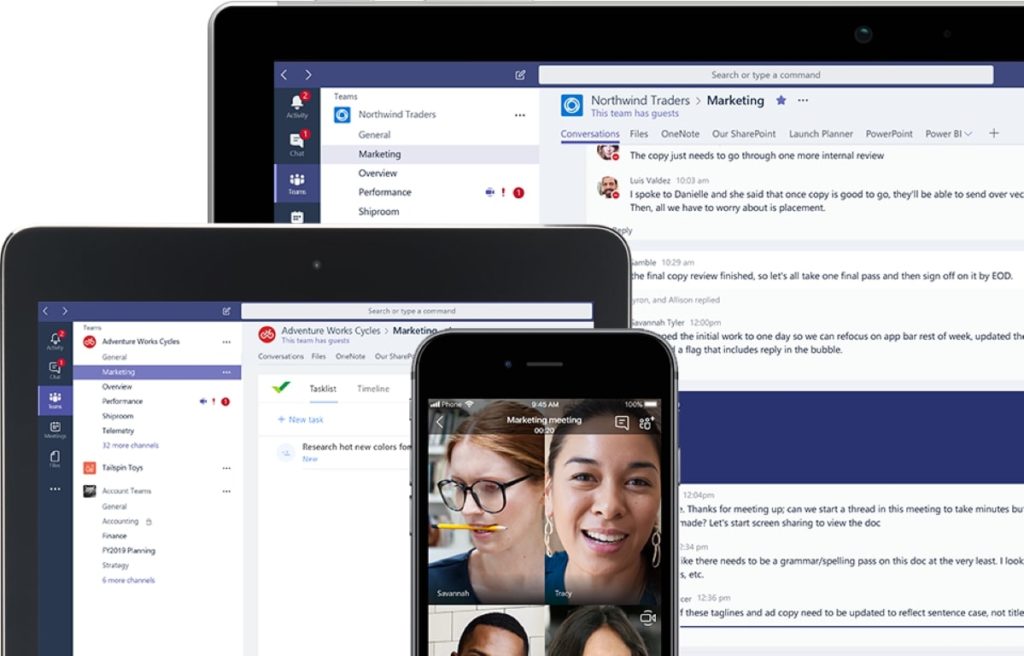
03: Build a team for Teams
To leverage the benefits of Microsoft Teams across the business there has to be widescale adoption by users across all levels. One of the best ways of ensuring that every individual within the organization benefits from what Microsoft Teams can do, is to build a team dedicated to training and adoption. This team should consist of individuals who already have Microsoft Teams experience and skills and who can present the information in a digestible way to the end user. It’s a good idea to include power users who are already entrenched in the system and who can promote its use across the different business silos. The team would be responsible for skills development, training, adoption, engagement and functionality, which means it should be owned by more than one business unit and not just left up to the IT department to manage.
In most cases, IT is more focused on integration than on adoption so they’re not ideally placed to ensure that people understand the system or engage with it. Rather invest into a team made up of power users and engaged employees who can drive its capabilities across the different units, teams, remote offices and branches. This can be further enhanced by peer recommendations and executive buy-in.
You Might Also Like to Read: Microsoft Teams vs Yammer: Which Communications Tool Should You Use?
04: Create targeted Microsoft Teams use cases
When it comes to squeezing out the benefits from Microsoft Teams it’s worth developing it for focused use cases. These can include anything from building a department specific Team to projects, activities, client engagement, and corporate communications. This can be integrated with point three above – the team dedicated to driving engagement can use Teams as a specific project-based example of its capabilities. Additional use cases can be customized to suit the overall business or business silos. For example, you can create a dedicated communication silo that’s reserved for a specific location or area. This can then allow for users at a particular branch office to engage on their localized issues within a secure and personalized environment.
05: Integrate into your intranet
The corporate intranet is often already integrated into the business and used by employees to engage with the business and one another. You can leverage this foundation even further by integrating Microsoft Teams into the platform. Use the capabilities of SharePoint online, or a compatible alternative, to pull Teams into the intranet and keep employees updated from one central point. It can significantly reduce admin, improve productivity and minimize information sprawl.
06: Go beyond Chat
There are many Microsoft Teams use cases that take the platform well beyond the, admittedly useful, Chat feature. The platform is so much more than just that feature. It has immense potential throughout the business. As mentioned earlier, integration across multiple business platforms is not only able to reduce information sprawl, but can also reduce the weight of email. By consolidating different tools into a single space, you are minimizing the noise created by different communication sources and improving productivity for users.
Microsoft Teams has immense potential to transform organizational communications, information sharing, project tracking and collaboration across silos and countries. It allows for seamless engagement regardless of time zone and location, and it can be integrated with other software applications to share numbers, agendas, calendars for improved organizational transparency. It’s a neat package that fits your business and goes far beyond just another chat platform.

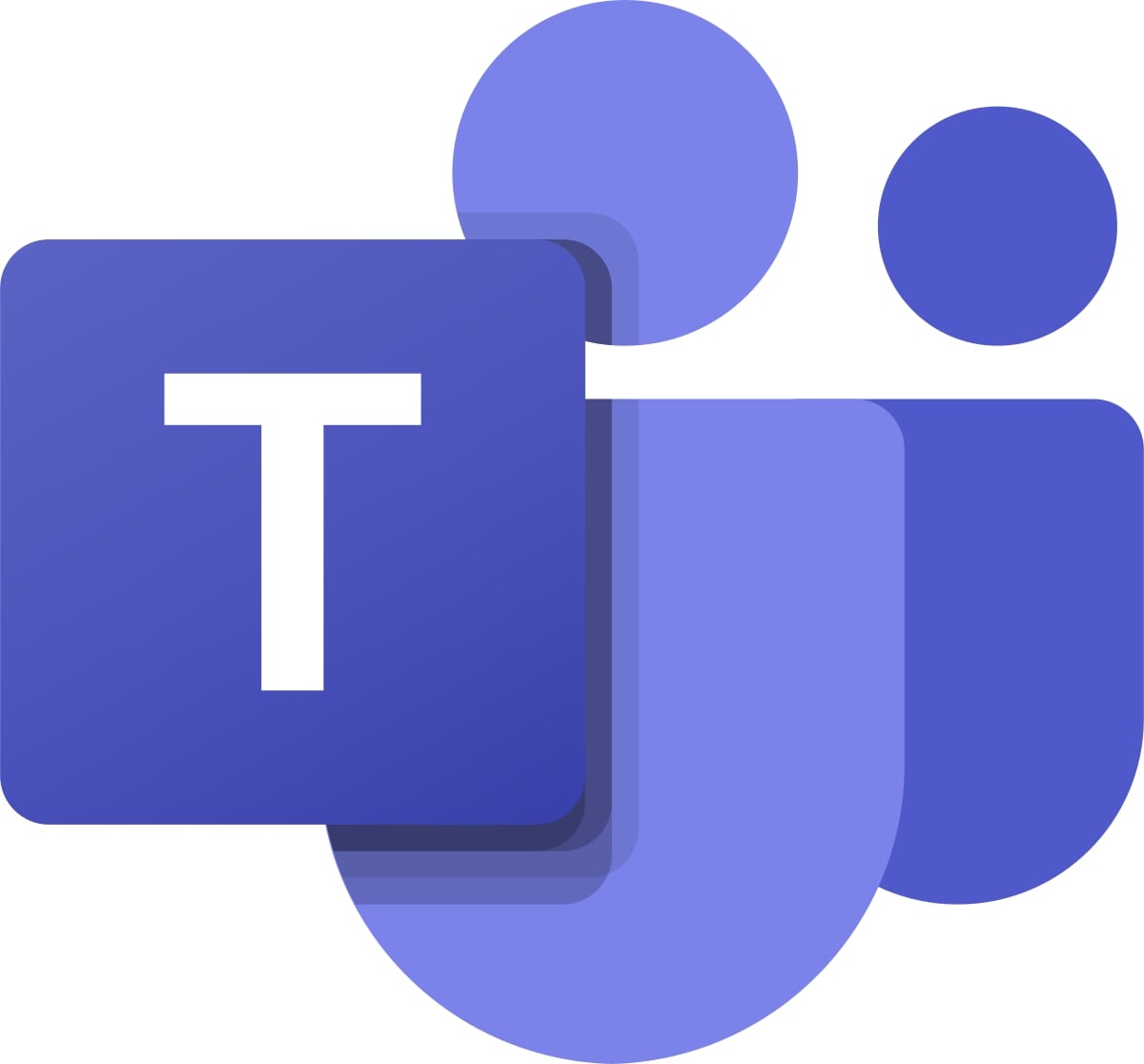
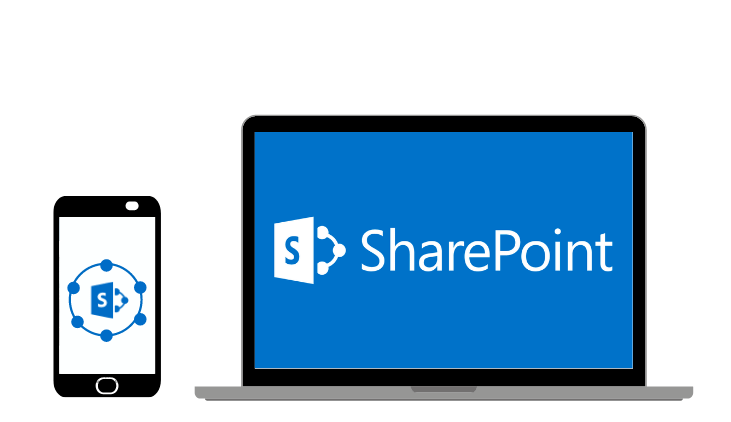


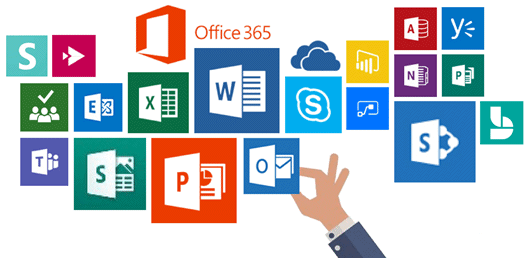
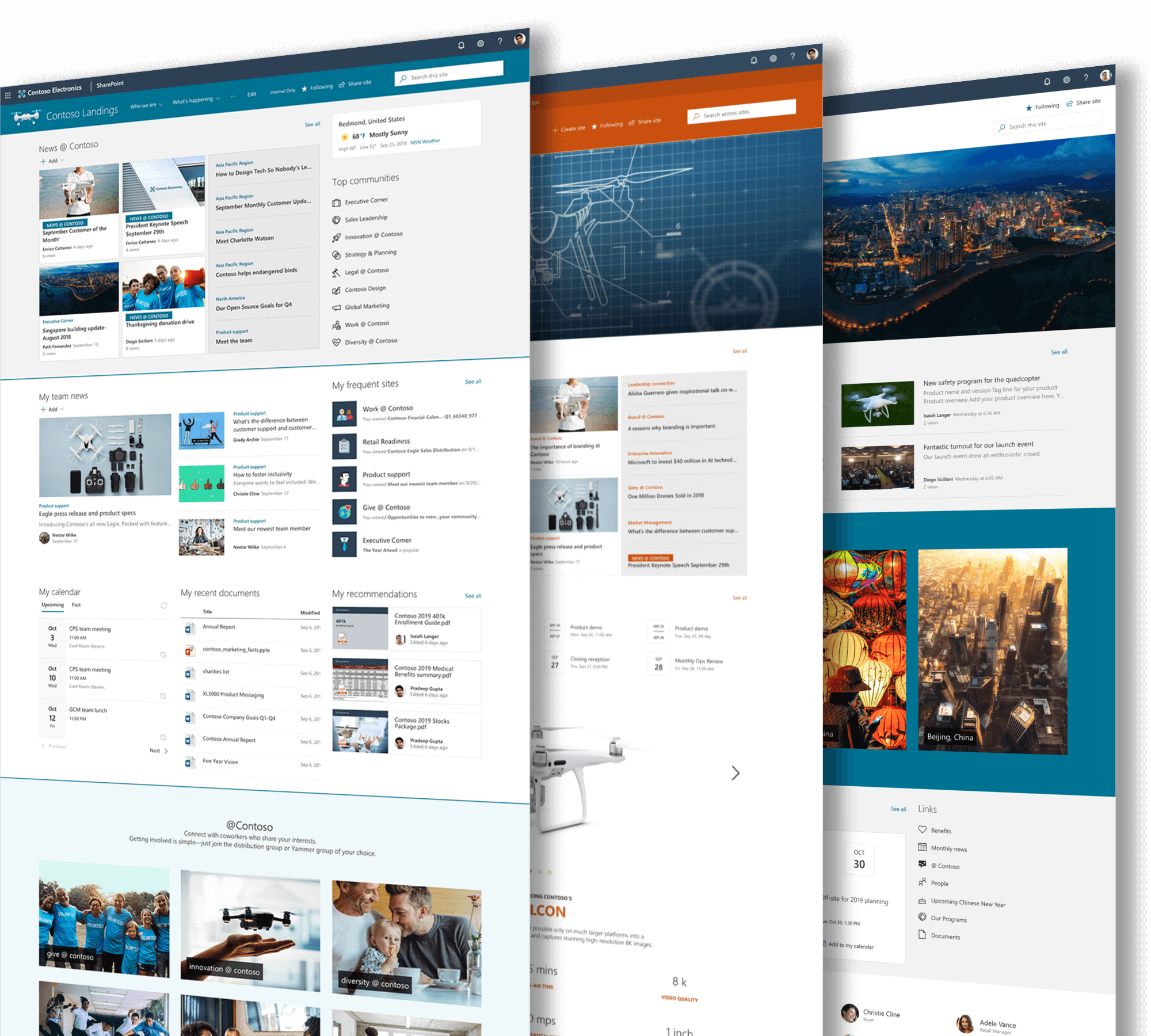



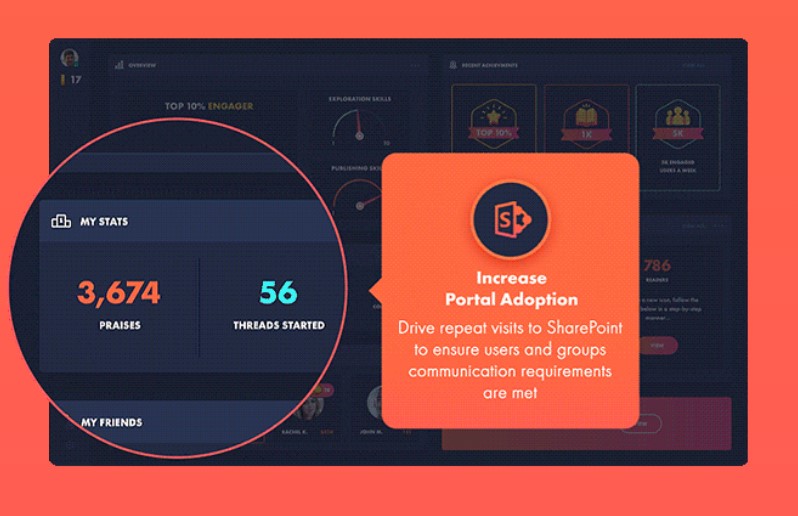
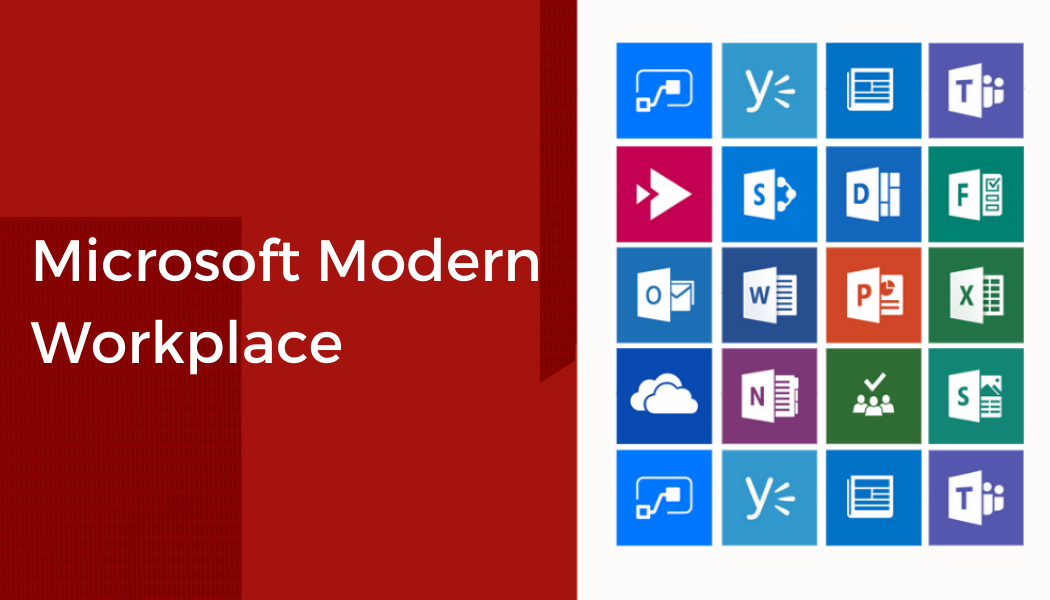

 Follow @cardiolog
Follow @cardiolog 